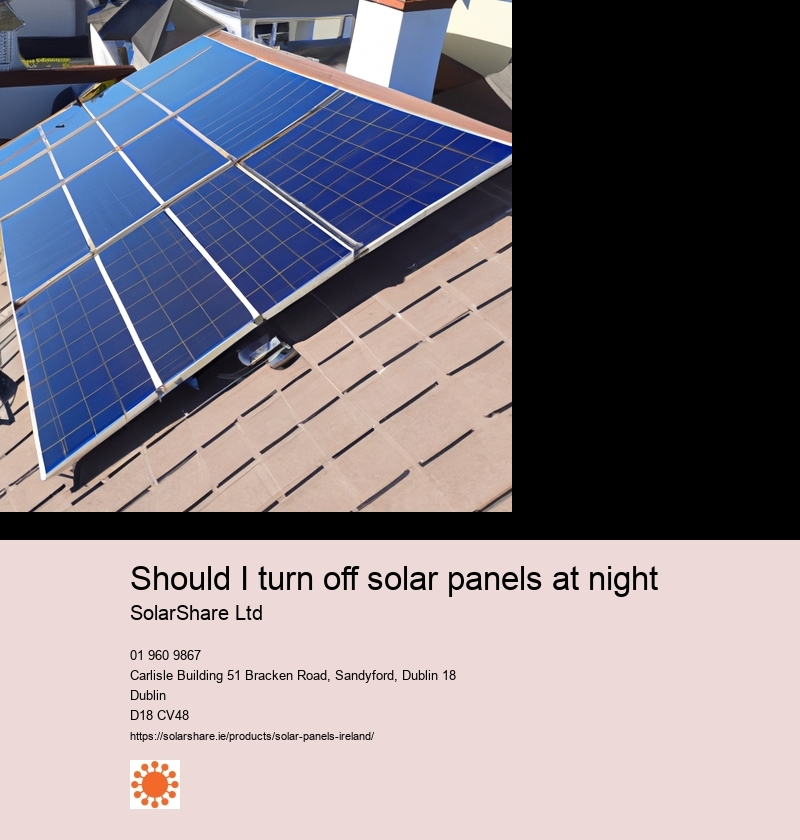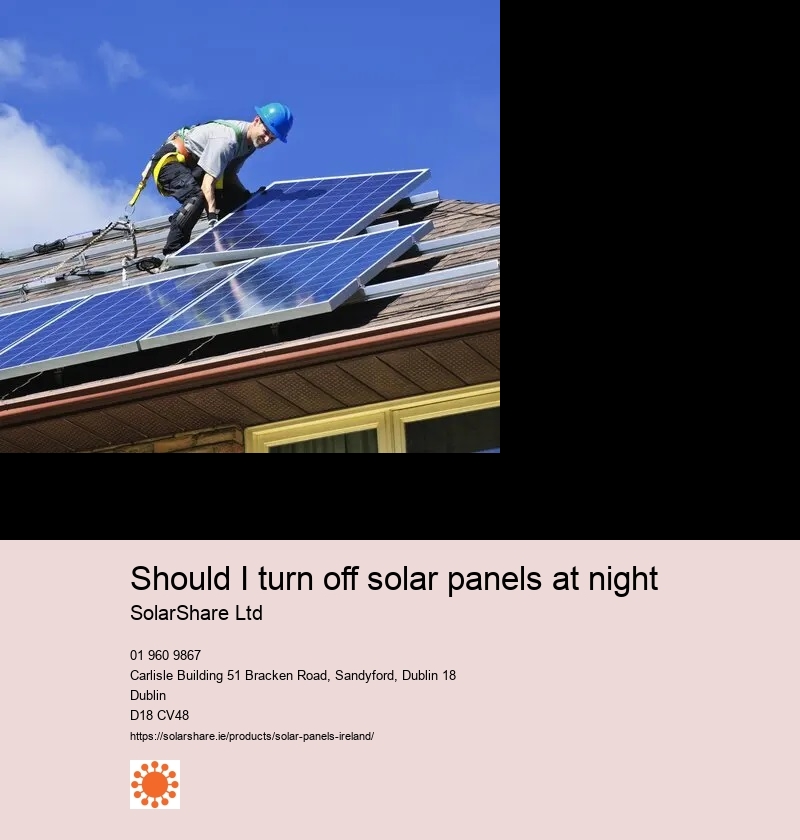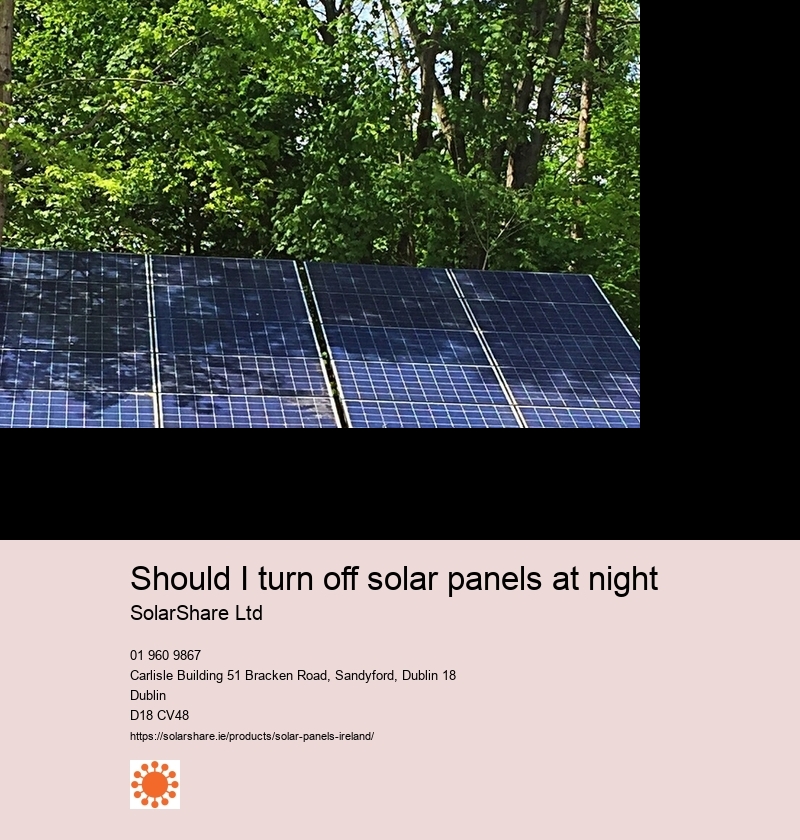Should I turn off solar panels at night
cost of 30 solar panels
This grant can help you with the costs of installing solar PV panels in your home to generate renewable electricity.All homeowners, including private landlords, whose homes were built and occupied before 2021 can apply.This is defined as the date your electricity meter was installed and is different to other grant measures where the home must be built before 2011.
Add additional batteries if your needs change.
We have calculated the savings based on estimated installation costs, solar generation from a south-facing roof and a certain level of self-consumption and export. Savings are based on Bord Gáis Energy’s standard unit rate for Urban 24-hour electricity at 48.19c/kWh (incl. VAT) and a microgeneration export rate of 18.5c/kWh from your electricity supplier.





